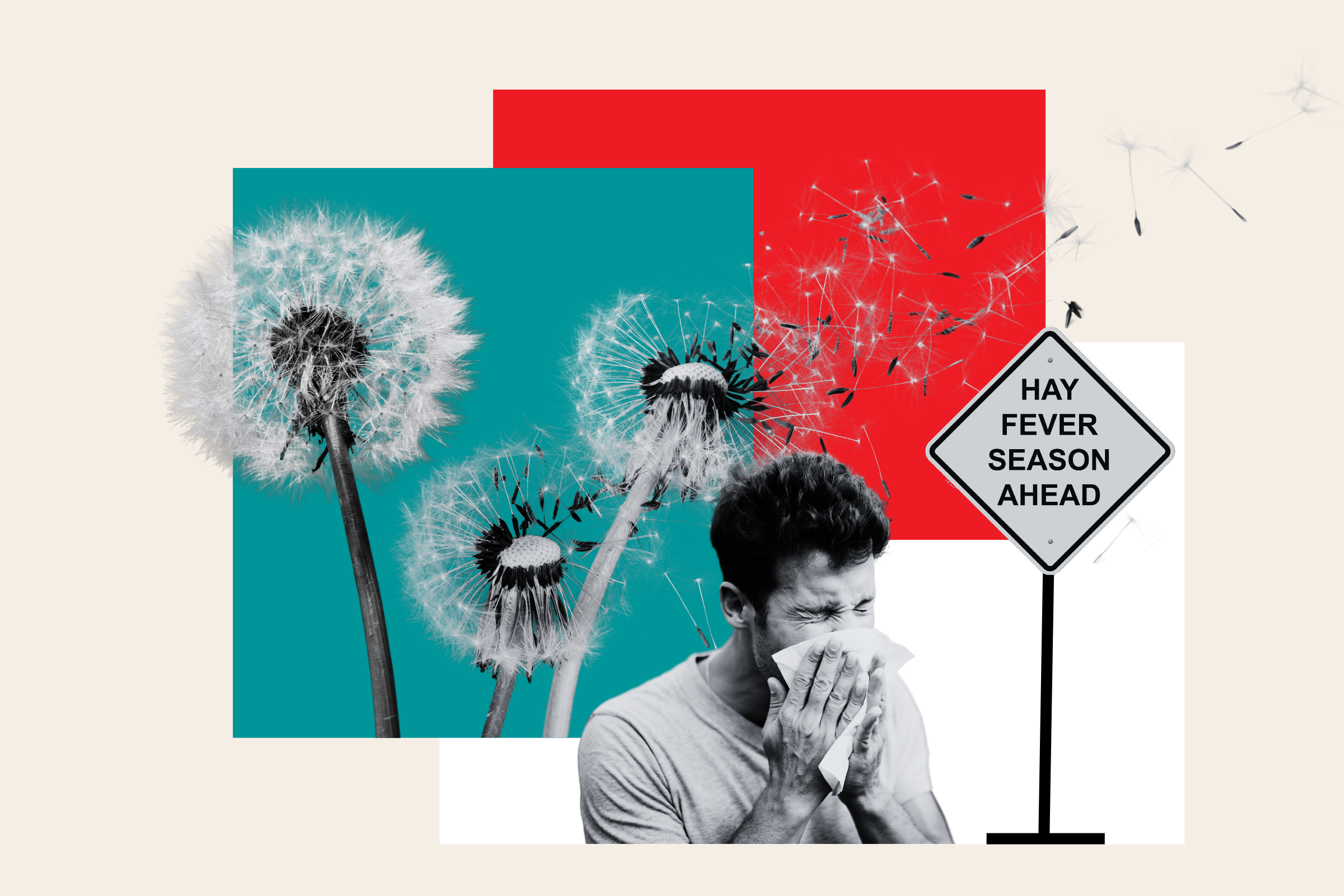
Whoever would have thought that sustainability – not that long ago a worthy-but-boring background topic – would suddenly find itself the epitome of cool? It has become a hook in advertising campaigns for cars and hotels; high-street giants like H&M are outspoken about their commitment to it; and now German sportswear giant Adidas has announced it will be using recycled marine plastic in future designs. And music stars who care about the issue, like Pharrell Williams, are helping campaigners and brands link up. (It was Williams who introduced Parley, the ocean-saving group of thinkers and activists behind the marine-plastic initiative, to Adidas.)
According to a Danish Fashion Institute report, fashion is the world's second-most polluting industry, after oil. A quarter of the chemicals that the world produces are used in textiles – from pesticides used on cotton to petrochemicals used to make nylon and polyester. It's a huge consumer of water (making a single pair of jeans takes 7,000 litres) and after agriculture, it's the biggest polluter of clean water.
These days the topic is a pressing issue for the industry as Michael Schragger, executive director of the Sweden-based Sustainable Fashion Academy, explains: "There is the energy being used, the greenhouse gas emissions that result from running factories and the huge amount of water and chemicals used during textile production. Then there are the issues related to animal welfare and land use – if you are growing cotton, are you competing for the land with food growers? – and labour issues and living conditions for workers to consider."
The environmental consequences have led Greenpeace to launch a "Detox my Fashion" campaign. "We focus primarily on water pollution from the fashion industry and specifically the use of hazardous and toxic chemicals," says Tristan Tremschnig, its communication strategist. "China produced 57% of the world's total new fabric in 2010 and the impact on water quality is devastating: 64% of underground drinking water reserves in major Chinese cities are 'seriously polluted' while half of China's surface water is not suitable to drink. We've found the situation replicated in other production countries too, such as Indonesia and Mexico."
Fashion companies have responded and 18 including Burberry, H&M and Marks & Spencer have committed to weeding toxic chemicals out of their supply chains, while M&S has an extensive programme called Plan A that is already in its eighth year
Karl-Johan Persson, CEO of H&M, wrote in the 117-page sustainability report the firm produced last year: "Our business idea is to offer fashion and quality at the best price. It's about the best value, not the cheapest price. Sustainability is an important part of this."
It all sounds excitingly progressive, particularly when you read about the "bionic" yarn that is being spun from the recycled marine plastic, or initiatives such as trousers that are tough enough to make lasting workwear, but will vanish in months when packed into a domestic composter.
But think how strong the anti-fur movement seemed a decade ago, and yet fur has inched its way back onto the catwalks and into acceptance. Could sustainability go to the same way? What if the fashion consumers of tomorrow stop thinking the cause is cool?
It doesn't really matter if sustainability stops being fashionable, argues Michael Schragger. "There can be clear business risks to not-addressing sustainability issues and that alone should drive the movement forward. Initiatives like Adidas's marine plastic are their way of keeping sustainability interesting for the consumer. These may be passing fads but sustainability is not. It's more than here to stay because of the global mega-trends such as water use and pollution that are affecting every industry."
Factor those mega trends in along with consumer accountability, and with any luck bionic yarn from marine plastic will just be the start.
From the sea to sales
So how does plastic waste harvested from the oceans become fashion? Fibres made from recycled plastic are woven into durable textiles, and the resulting yarn is much stronger than cotton. The trendiest of these projects, Bionic Yarn, has Pharrell Williams as its creative director. "I have a connection with the ocean," he says. "It yields so much life including our own, so we owe it." The result of his collaboration with denim brand G-Star Raw is in the shops now. And the amount of plastic in the oceans is thought to cover 700,000 square kilometres,
so we could be seeing a lot of bionic yarn in future.
Uncommon Knowledge
Newsweek is committed to challenging conventional wisdom and finding connections in the search for common ground.
Newsweek is committed to challenging conventional wisdom and finding connections in the search for common ground.
About the writer
To read how Newsweek uses AI as a newsroom tool, Click here.








